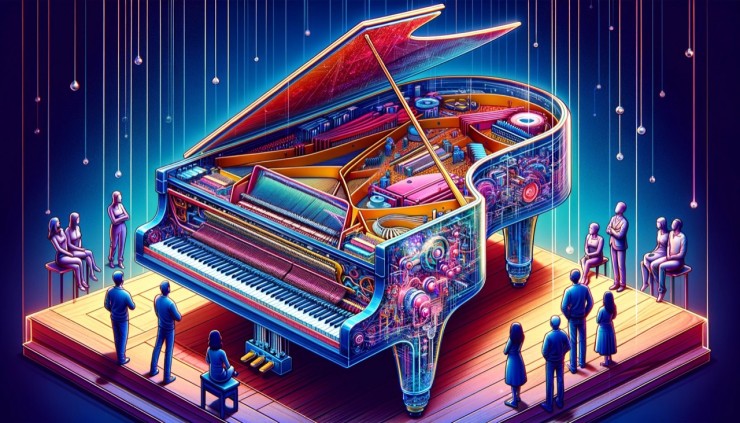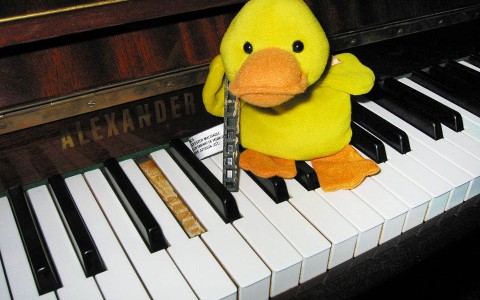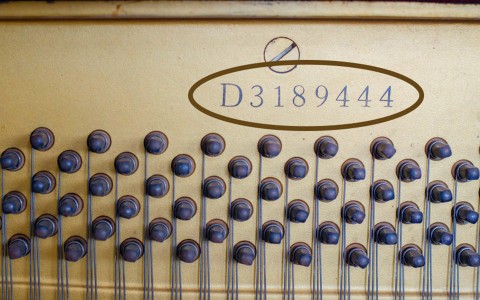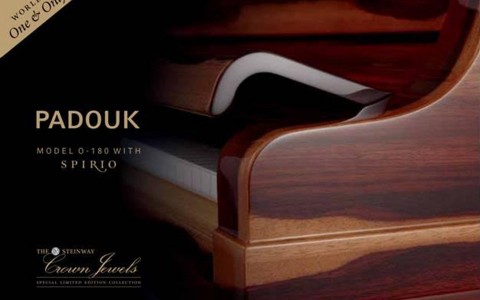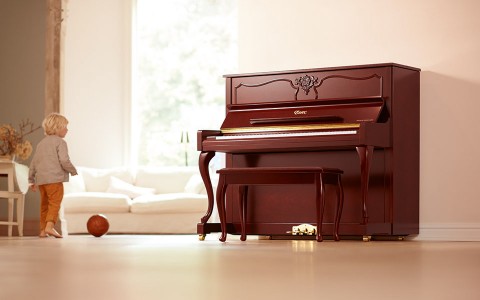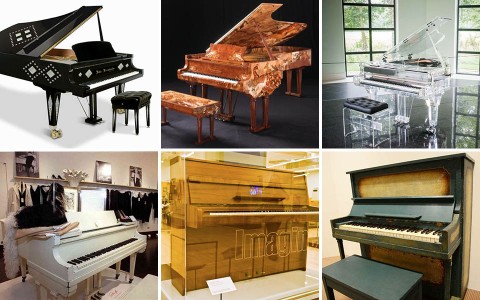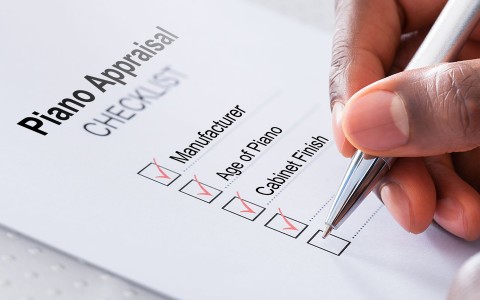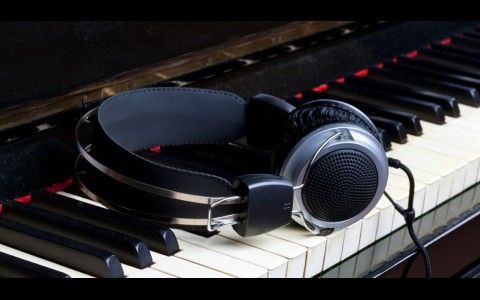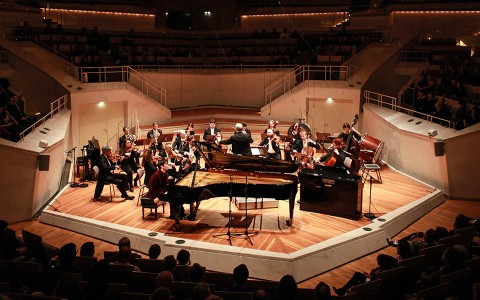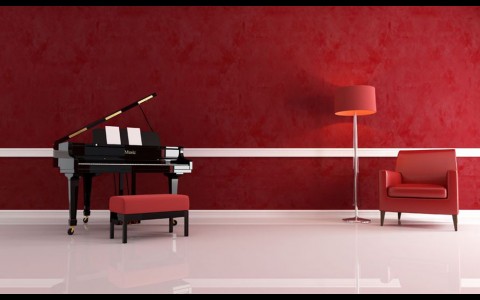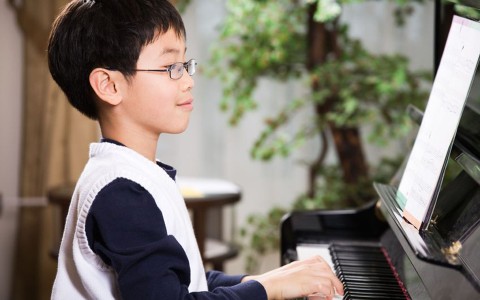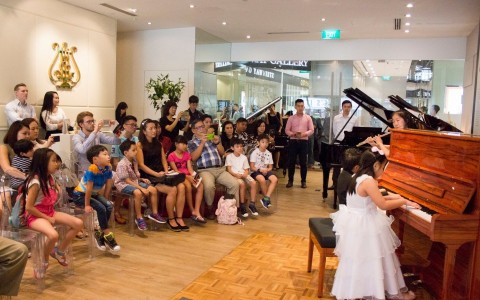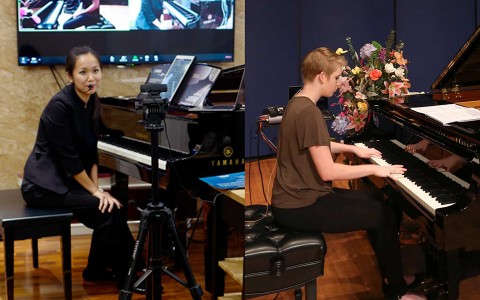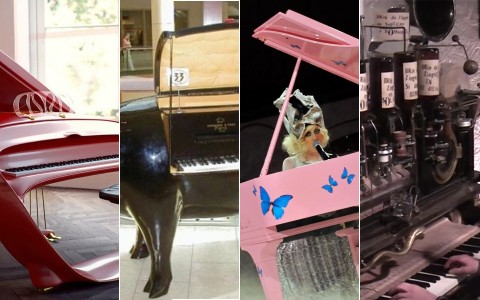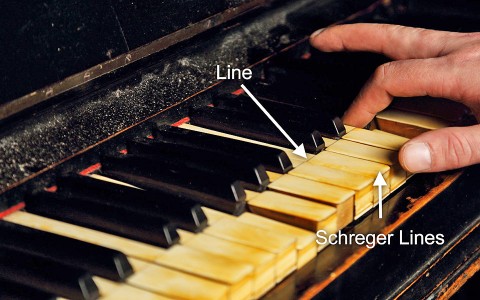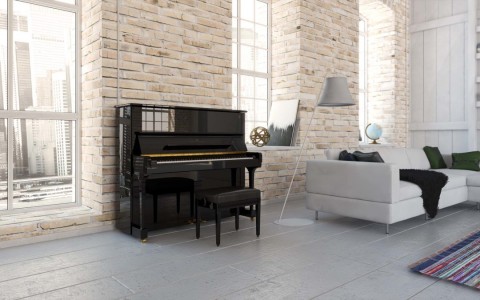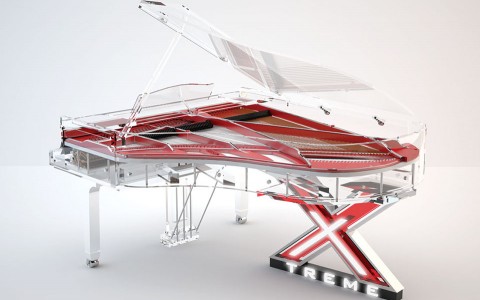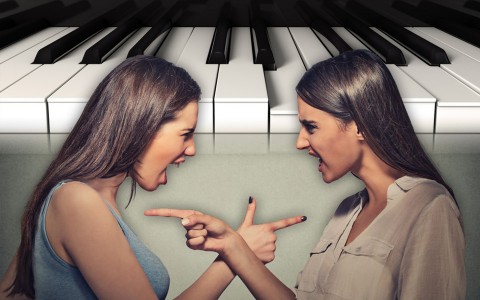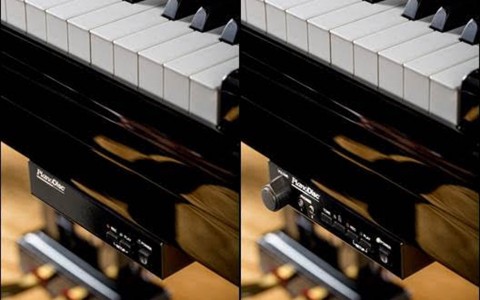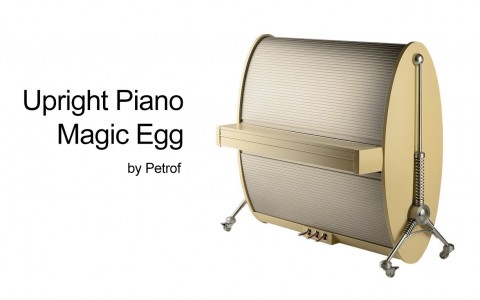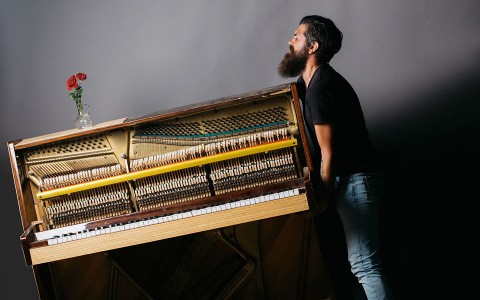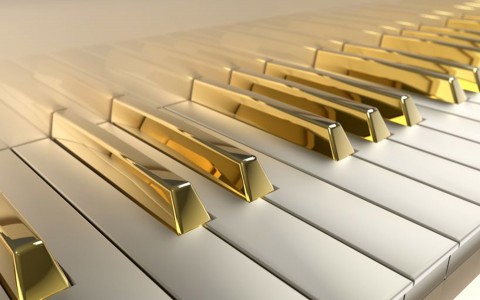In the dynamic realm of music, the piano has continually evolved, mirroring the technological advancements of each era. From the fortepiano of the 18th century to the modern grand piano, every epoch has witnessed significant advancements in piano technology. The digital age, too, has left its indelible mark on this venerable instrument, giving rise to what is now known as the hybrid piano. Hybrid pianos seamlessly meld the acoustic traditions with digital innovation, epitomizing the convergence of the timeless and the modern.
The emergence of hybrid pianos marks a significant milestone in the ongoing narrative of pianistic evolution. At the heart of a hybrid piano lies an authentic acoustic action complete with hammers and strings, coupled with cutting-edge digital technology that captures and reproduces sound. This amalgam not only retains the tactile authenticity that musicians cherish but also introduces a plethora of digital advantages, heralding a new era of pianistic possibilities.
One of the remarkable features of hybrid pianos is their ability to emulate the nuanced sounds of world-renowned pianos. Advanced sound sampling technology enables hybrids to deliver the rich tonal qualities and resonances of esteemed instruments, thereby democratizing elite sounds for a broader spectrum of pianists. Whether one desires the robust sonority of a concert grand or the mellow resonance of an upright, hybrid pianos offer a sonic palette that satisfies the discerning tastes of musicians.
Moreover, hybrid pianos overcome some of the inherent limitations of their acoustic and digital predecessors. The issue of sound volume in confined or shared spaces is elegantly solved with the ability to control volume or use headphones. Furthermore, the digital aspect eliminates the need for tuning, a perennial concern with traditional pianos, thus reducing maintenance demands and costs.
Additionally, the integration of digital technology extends the functionality and versatility of the piano in unprecedented ways. Features such as recording capabilities, connectivity to devices, and a variety of sound options provide musicians with an expanded toolkit for exploration, creativity, and sharing. The realm of educational opportunities also broadens as hybrid pianos can interface with instructional software, opening doors to interactive learning experiences that were unthinkable in the purely acoustic domain.
Furthermore, hybrid pianos are a testament to the sustainability ethos, resonating with a generation that values eco-friendliness. The reduced need for raw materials and the longevity afforded by digital technology contribute to a smaller carbon footprint, making hybrid pianos an attractive choice for the environmentally conscious musician.
The ascent of hybrid pianos is a reflection of broader societal trends towards fusion and hybridization in various domains. They symbolize a harmonious blend of tradition and innovation, embodying the essence of pianistic progression. As musicians and enthusiasts embrace hybrid pianos, the boundaries between the acoustic and digital worlds blur, leading to an enriched musical landscape that honors the past while boldly stepping into the future.
Hybrid pianos, with their blend of the old and new, are not merely instruments; they are a statement of evolution, a testament to the boundless potential of human ingenuity in the quest for musical expression. Through their keys, the past and the future resonate together, offering a melodious promise of what lies ahead in the world of pianistic innovations.
